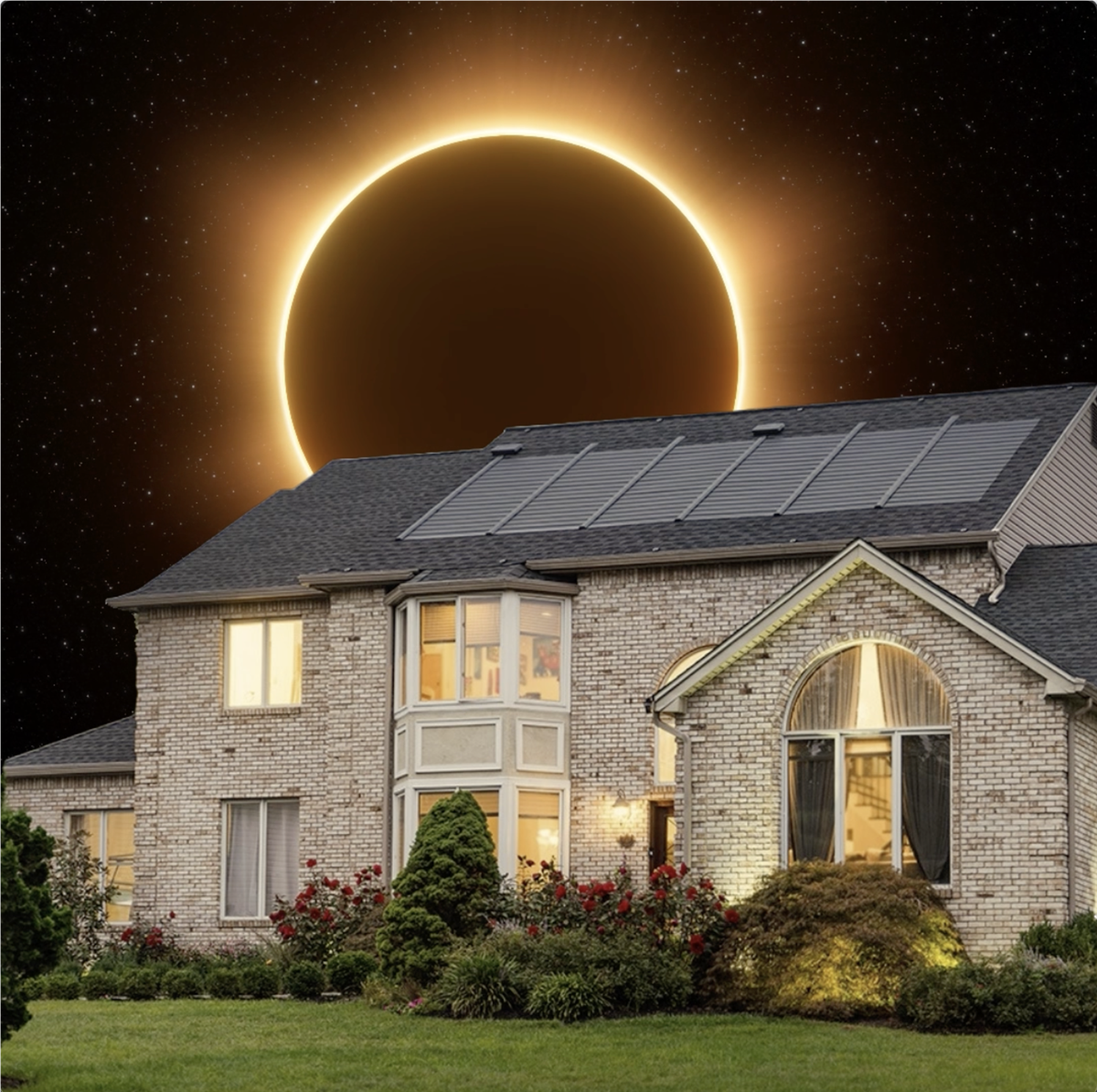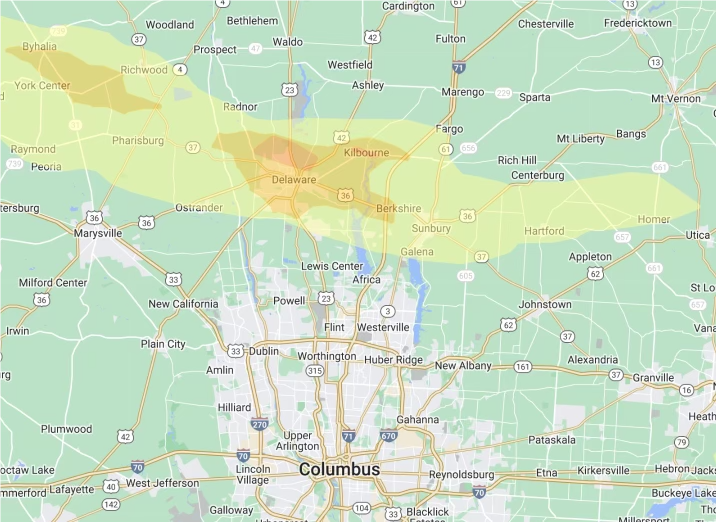Spring and summer can be rough when it comes to hail damage on your roof. We all know the sound of hail. Our first instinct is car and roof and are they going to be damaged? Hail hits on a car are easy to identify. Roof damage, however, isn’t always clear as day.

How To Tell If Your Roof Has Hail Damage
After a hail storm, there are numerous types of damage that you can find on your roof. Remember, your roof system is not only made up of shingles. There are parts of the roof that protrude out of the roof that can be damaged by hail impacts.
Signs of Hail Damage
In this blog post, the team at Feazel will walk you through the different components of your roof system that can be damaged during an extreme weather event. One important thing is, while your preliminary investigation of the condition of the roof may not yield anything, always schedule a free roof inspection with a trusted roofer after a hail storm.
How To Find Hail Damage on Your Roof
Different roofing materials will react differently to a hail storm. Each type of roof material has its merits and drawbacks and understanding what to look for will be important after the next big hailstorm. You will need to know what the damage looks like for each type of material.
Asphalt Shingles
Hail damage is scattershot, hail has no falling pattern. When hail hits your shingled roof hard enough, you will notice the following.
· Hail hits or indentations that are black in color
· Granules in your gutters or downspout
· Asphalt that appears shinier than neighboring shingles
· Shingles that are soft like a bruised or dented apple
Wood Shingles
Wood shingles have a different composition than asphalt shingles, so the damage is going to be different. Wood splinters and hail can damage wood shingles in the following ways.
· Splits in the wood shingles that are brown or orange
· A split in the shingles that has sharp corners
· Split that shows little to no deterioration at the edges, meaning it’s a new split
· Any indentations along the split shingle
Metal Roof
Much like asphalt and wood, metal has different properties which means that a hailstorm will affect your metal roof in a different way. A metal roof can depend on the thickness of the roof and the slope.
· Small dents and this may be considered cosmetic damage.
· The formation of a hole due to hail hits
Hail Damage to Gutters and Downspouts
Gutter systems are built to move water away from your house and help keep it dry. Hail is small solid ice that can easily clog gutters during a torrential downpour. The clog can cause gutters to overflow which may lead to basement moisture.
From a physical perspective, hail can dent your gutter system. Hailstones can cause the gutters to pull away from the fascia, and potentially knock your gutters to the ground. A gutter system is aligned to drain correctly, so any aberration in its flow could create a problem. Hail can also dent your gutter screens or guards.
Hail Damage to Roof Vents
Roof vents and flashing may dent with hail storms. There is an increased opportunity for moisture to get in your home with dents and dings. Additionally, the caulking that seals off the vents from moisture may sustain damage. The ripped, torn, or missing caulking can allow water into the home.
A thorough roof inspection by a reputable roofing company will uncover any missing caulking to the vents.
Hail Damage to Flashing
Flashing helps divert water away from a place that is susceptible to leaking. But what can happen to it during a hail storm? You guessed it, dents, and potential exposure to the elements. Much like roof vents, caulking can be damaged and indentations in the flashing can cause areas of caulking to pull away and leave an opening for moisture to enter.
What Size Hail Can Damage Your Roof?
Hail comes in small pieces to the world-record-holding 8” diameter hail that fell in South Dakota. While events that produce extremely large hail are uncommon, the more common-sized hail is what we should focus our attention on.
Let’s break hail into three general sizes: pea-sized, golf ball, and large.
· Pea-sized hail is the most common. Typically, there is less damage associated with pea-sized hail unless there is high wind speed associated with the weather event. Additionally, prolonged exposure to pea-sized hail increases the odds that your roof could sustain damage.
· Golf ball-sized hail (or anything near an inch in diameter) is cause for calling to schedule a roof inspection. Golf ball-sized hail can damage your entire roof system (not to mention windows and siding).
· Large hail, while uncommon, will wreak the most havoc on your roof system.
Should You File a Claim with Your Insurance Company?
Inspect your home after a severe weather incident to see if there is any damage. You should check the exterior and interior (attic and basement) of your house. We do not recommend you get out on your roof to conduct your examination.
Always trust a roofing professional to complete an evaluation of your roof system. If you spot any damage, make a note of it. Pictures always help because a leak may dry out and not be obvious. Keep your home free from any hazards, and clean up any damage. Then contact your insurance agent.
Schedule a Roof Inspection with the Hail Storm Damage Experts at Feazel
For over 30 years, the team at Feazel has helped homeowners in with their hail damage needs. From roof repair to replacement, our expertise and thoroughness put us head and shoulders above other roofers. When it comes to getting a great new roof, Feazel is the best option. Call us today to schedule an appointment!
Tags
Subscribe to Feazel's Blog




Comments